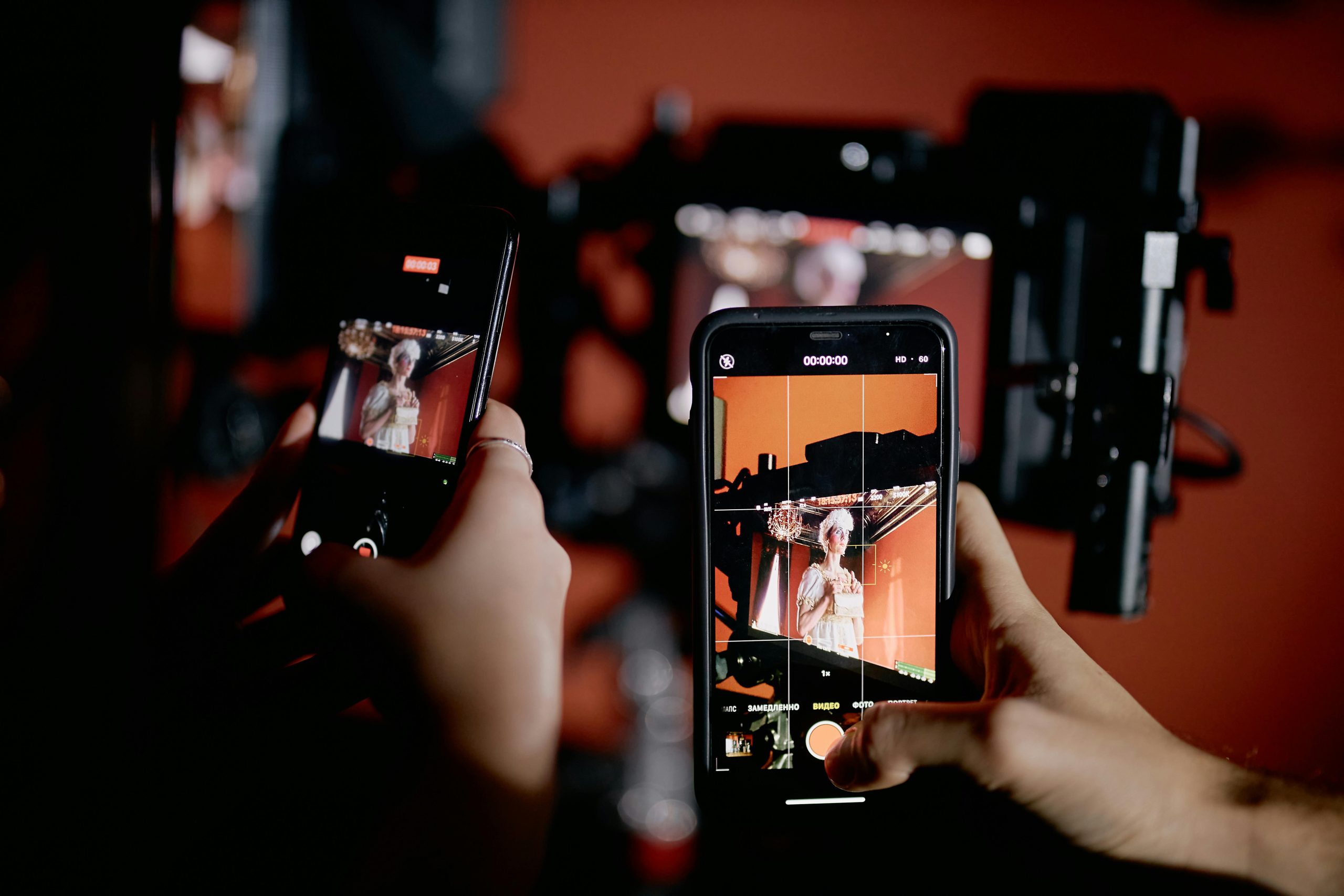Understanding the Technologies Behind Modern Interactive Websites: An Insight into Advanced Visuals and Animations
In the rapidly evolving landscape of web development, creating visually engaging and dynamic websites has become both an art and a science. As a junior developer exploring the possibilities of modern web design, you may be curious about the tools and frameworks that enable the development of highly animated and visually complex sites — similar to those showcased by industry leaders like MetaMask.
The Challenge of Building Advanced Visuals
Websites like MetaMask demonstrate sophisticated animations and interactive visuals that captivate users. Such complexity raises questions about the underlying technologies used to achieve these effects. Simply relying on plain HTML, CSS, and JavaScript would be insufficient or impractically time-consuming for developing these high-end visuals.
Modern Integration of Specialized Frameworks and Libraries
To accomplish these advanced animations and effects, developers typically leverage specialized JavaScript libraries and frameworks that facilitate complex visual rendering. One prominent example is Three.js, a powerful library for creating 3D graphics in the browser using WebGL. While Three.js provides immense capabilities, it requires a good understanding of 3D programming and graphics principles, making it less beginner-friendly.
Beyond Three.js, other tools are often employed, including:
- GSAP (GreenSock Animation Platform): For smooth and high-performance animations.
- Anime.js: An easy-to-use library for creating complex timeline-based animations.
- PixiJS: For 2D graphics rendering with hardware acceleration.
- Lottie and Bodymovin: For incorporating animations exported from Adobe After Effects.
Visual Design Tools and Code Transfer
It’s common for designers to create complex visuals and animations using design tools such as Adobe After Effects, Figma, or Sketch. These designs can then be exported or converted into web-compatible formats through plugins like Lottie — which can embed animations into websites efficiently.
Collaborative workflows often involve:
- Designing animations visually in tools like After Effects.
- Exporting animations as JSON files with Bodymovin.
- Integrating these animations into websites with JavaScript libraries like Lottie for seamless playback.
Perceptions About Development Complexity
Given the sophistication of these visuals, it’s unlikely that every part of such a website is handcrafted directly in vanilla HTML/CSS/JavaScript. Instead, it’s a collaborative process that combines design, specialized frameworks, and scripting to produce a polished final product. Large companies may have dedicated teams with expertise in these tools, or they might leverage pre-built components and plugins to accelerate development

